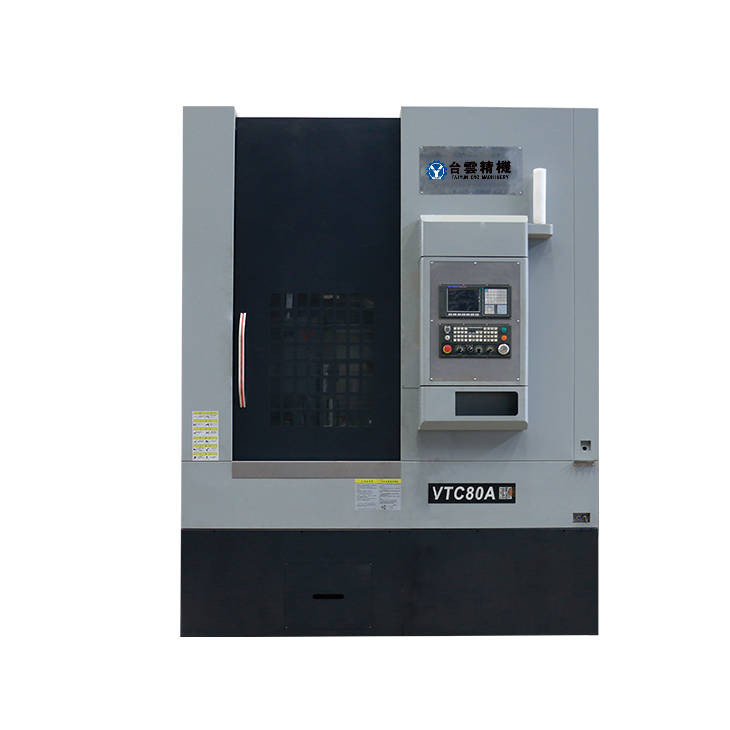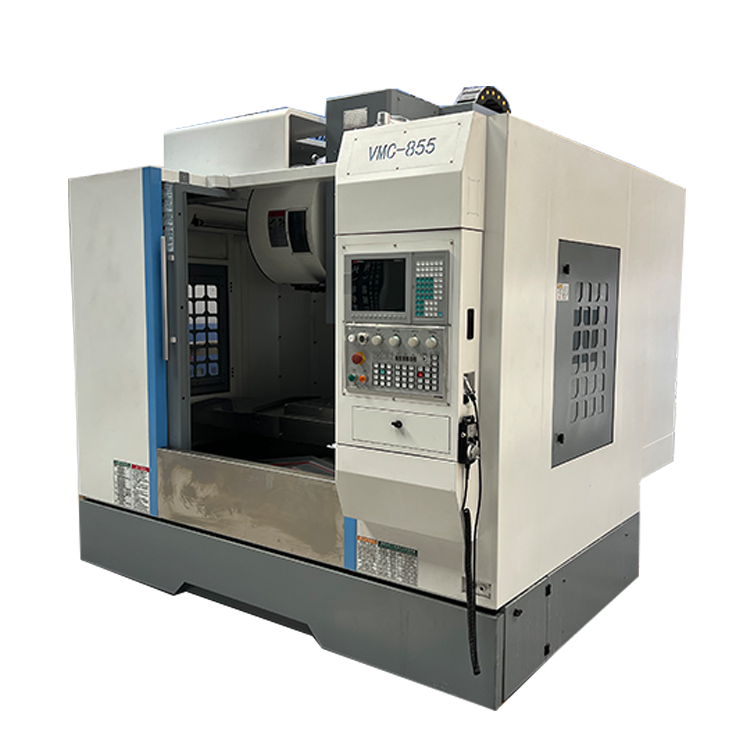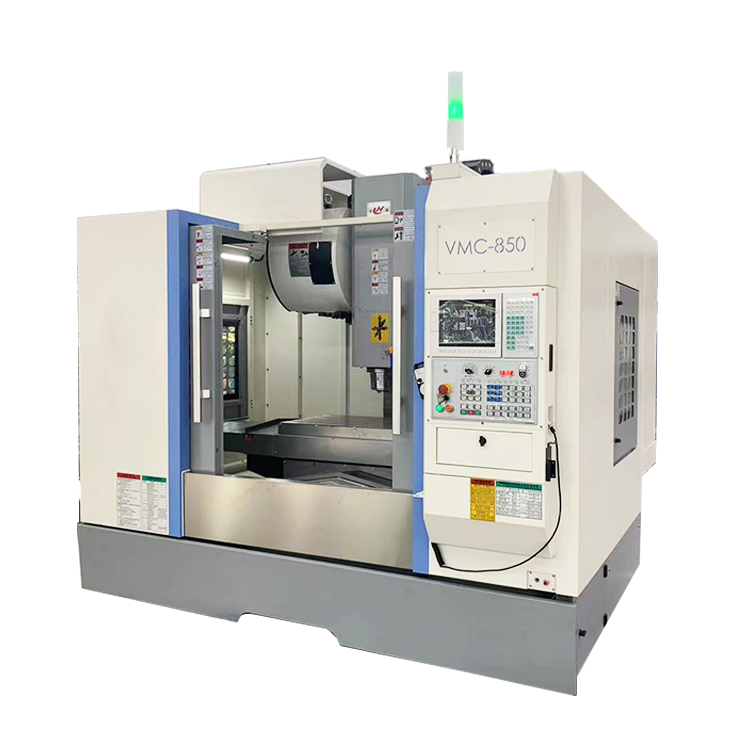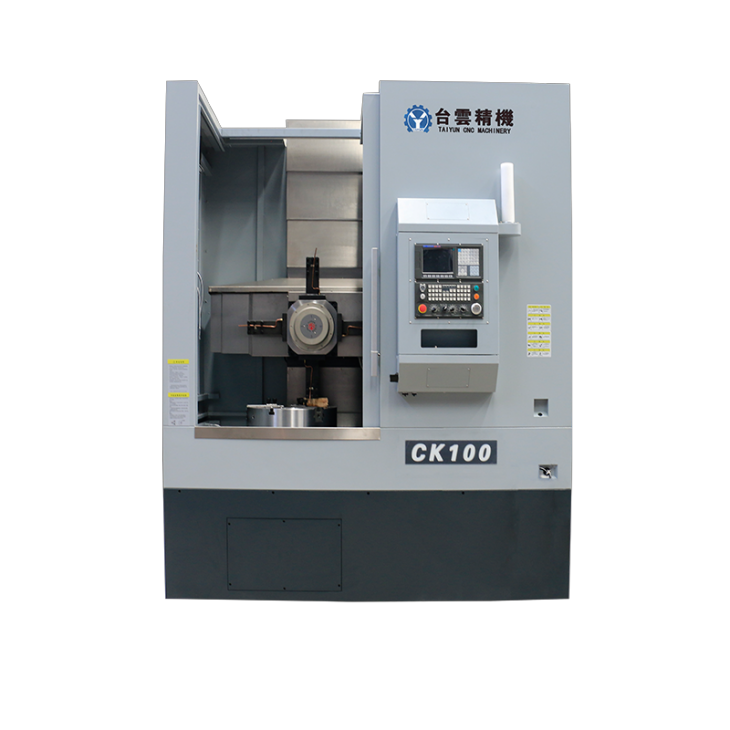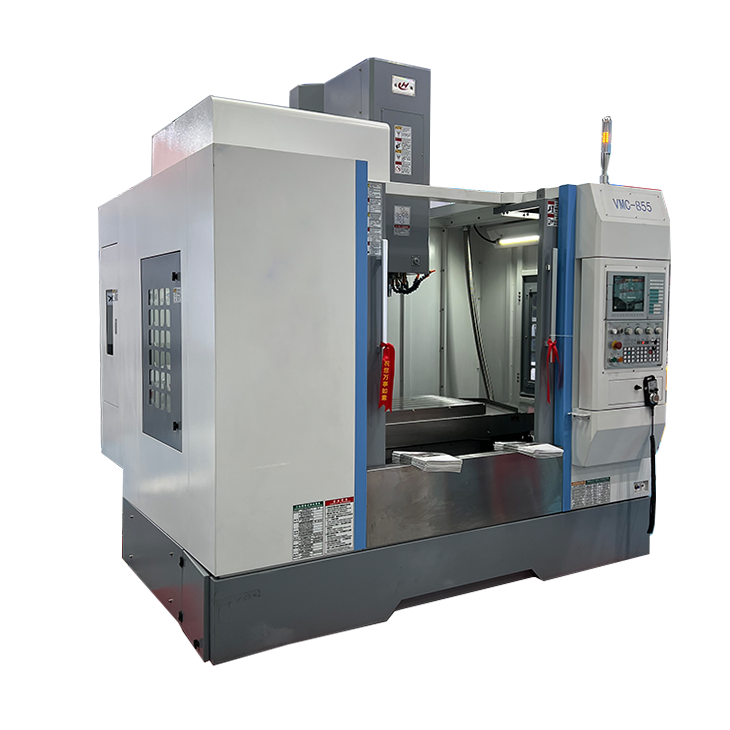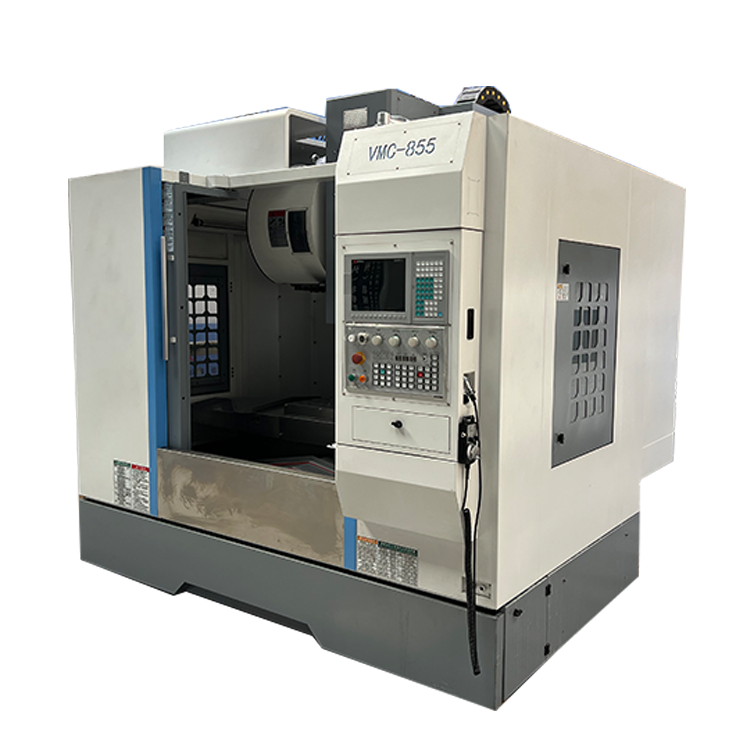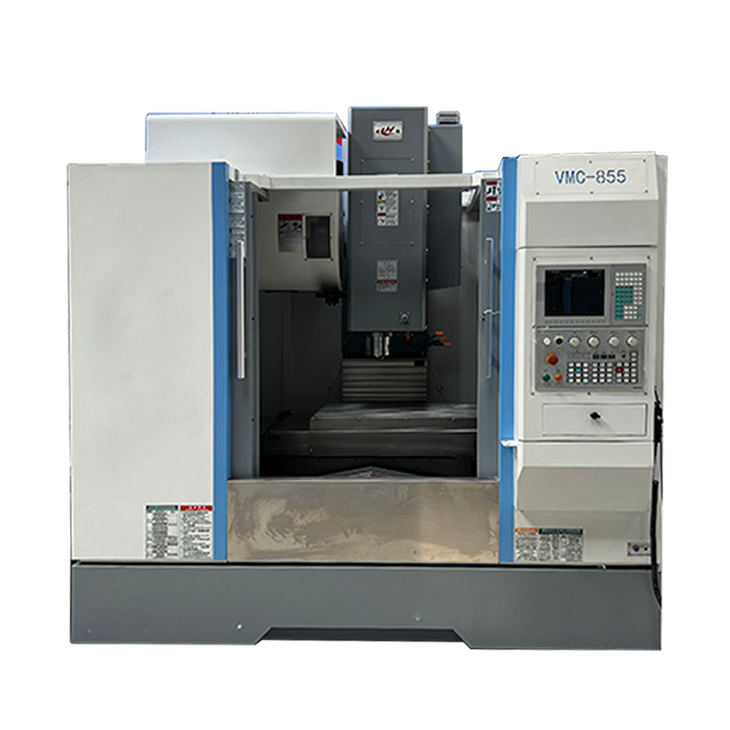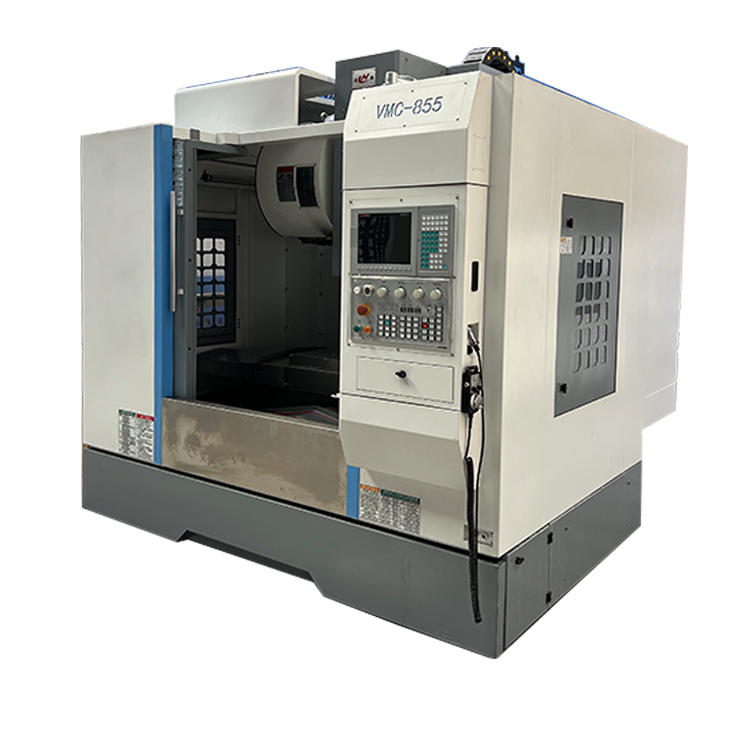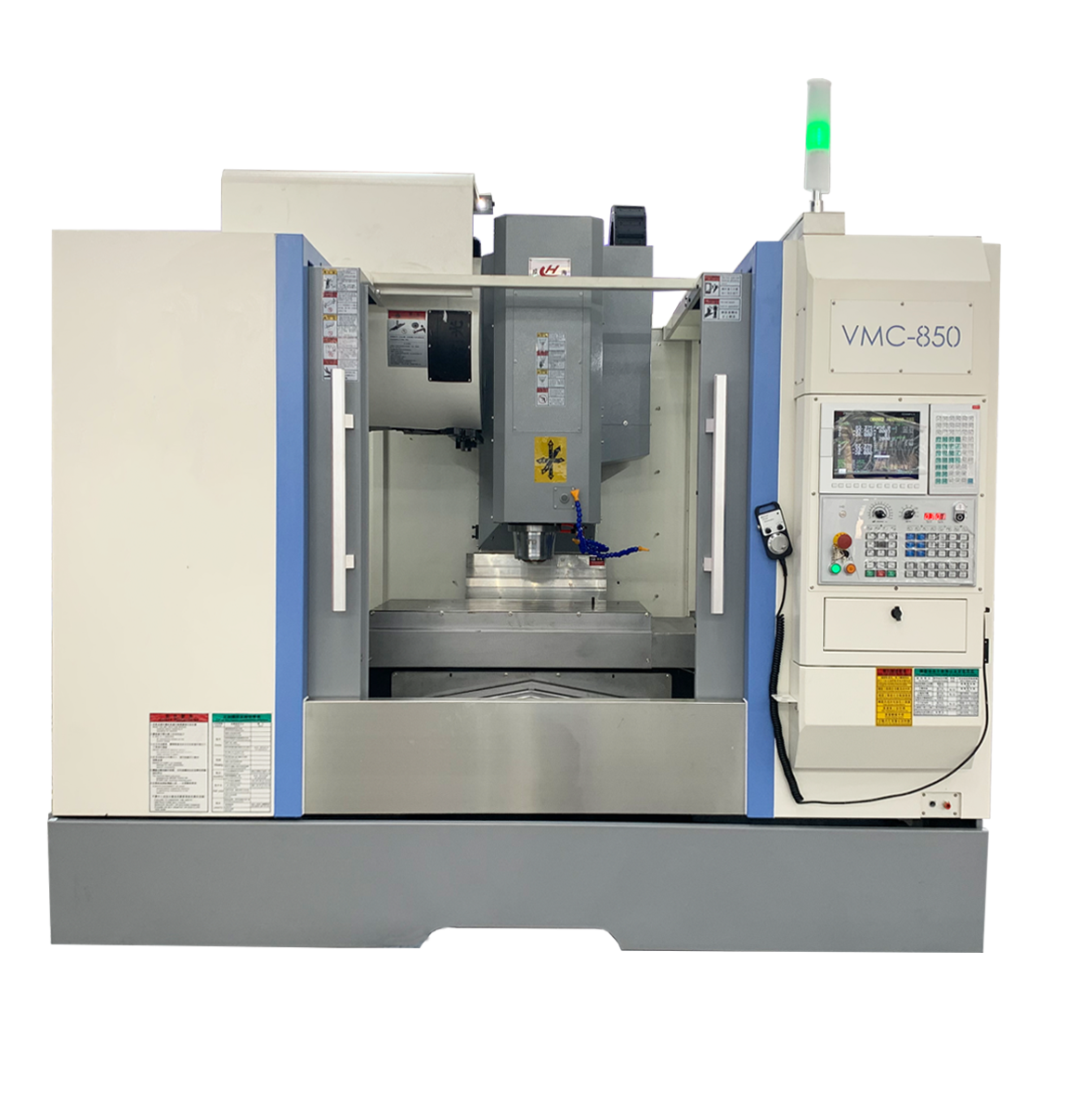- Recommended news
-
System composition of CNC horizontal machining center
2024-06-18
-
A method to solve the problem of spindle shaking in CNC lathes
2024-06-15
-
In which industry is the most widely used CNC vertical lathe?
2024-06-04
-
How to clamp the workpiece on a CNC vertical lathe?
2024-05-29
-
CNC milling machine machining center commonly used accessories
2024-05-25
-
Steps for adjusting the turret of a CNC vertical lathe
2024-05-22
Milling and drilling machining center high stability
The machining center shows strong stability in milling, drilling, tapping and boring processes, mainly due to its high-precision design, advanced control system and strong rigid structure....
The machining center shows strong stability in milling, drilling, tapping and boring processes, mainly due to its high-precision design, advanced control system and strong rigid structure.
1. High-precision design: The machining center adopts high-precision design and manufacturing technology to ensure that the machine tool has extremely high positioning accuracy and repeatable positioning accuracy during the processing process. This enables milling, drilling, tapping, boring and other processing processes to achieve high-precision cutting and processing, thus ensuring the dimensional accuracy and surface quality of processed parts.
2. Advanced control system: The machining center is equipped with an advanced numerical control system, which can achieve precise control of the machining process. The machining center sets processing parameters and processing paths through programming, and the machine tool can automatically complete complex processing tasks. At the same time, the CNC system of the machining center also has functions such as automatic monitoring, early warning and fault diagnosis to ensure the safety and stability of the machining process.
3. Powerful rigid structure: Machining centers usually adopt an integral cast or welded bed, as well as a high-strength and high-rigidity structural design. The design of the machining center allows the machine tool to withstand large cutting forces and vibrations during the machining process, ensuring the stability and accuracy of the machining process. In addition, key components such as the guide rails and screws of the machine tool are also designed with high precision and rigidity, which further improves the rigidity and stability of the machine tool.
In milling, drilling, tapping and boring processing, the stability of the machining center is mainly reflected in the following aspects:
1. Milling processing: In milling processing, the machining center can maintain stable cutting speed and feed speed to ensure that the flatness and roughness of the surface processed by the machining center meet the requirements. At the same time, the high rigidity and stability of the machine tool can also withstand the cutting forces and vibrations generated during the milling process, ensuring machining accuracy and tool life.
2. Drilling processing: In drilling processing, the machining center can accurately control the feed speed and rotation speed of the drill bit to ensure the position accuracy and hole diameter accuracy of the hole. At the same time, the rigidity of the machine tool can also ensure that the drill bit does not shift or vibrate during processing, further improving processing accuracy.
3. Tapping processing: Tapping processing requires the machining center to have a stable rotation speed and feed speed to ensure that the tap can smoothly penetrate the workpiece and reach the predetermined depth. The machining center can meet these requirements and ensure the accuracy and efficiency of tapping processing.
4. Boring processing: Boring processing requires high stability and rigidity of the machining center. The high rigidity and stability of the machining center can ensure that the boring tool does not shift or vibrate during the machining process, thereby ensuring the dimensional accuracy and surface quality of the boring hole.
In short, the machining center shows strong stability in milling, drilling, tapping and boring processes, which is mainly due to its high-precision design, advanced control system and strong rigid structure. These characteristics make machining centers an indispensable and important equipment in modern manufacturing.
| Machine model | VMC1050 | VMC1160 | VMC1165 | VMC1265 | VMC1370 | VMC1580 |
| Workbench size (mm) | 1200X420 | 1200X600 | 1200X600 | 1200X600 | 1400X700 | 1700X800 |
| Maximum allowable load (Kg) | 500 | 800 | 800 | 800 | 800 | 1500 |
| X-axis travel (mm) | 1000 | 1100 | 1100 | 1200 | 1300 | 1500 |
| Y-axis travel (mm) | 500 | 600 | 650 | 650 | 700 | 800 |
| Z-axis travel (mm) | 550 | 600 | 650 | 650 | 750 | 700 |
| T-slot | 5-18-100 | 5-18-100 | 5-18-100 | 5-18-100 | 5-18-130 | 5-22-135 |
| Distance from spindle center to Z-axis guide surface (mm) | 575 | 650 | 710 | 710 | 713 | 855 |
| Distance from spindle end face to worktable surface (mm) | 100-650 | 120-720 | 120-720 | 120-770 | 120-870 | 160-860 |
| Spindle taper hole | BT40-150 | BT40-150 | BT40-150 | BT40-150 | BT40-150 | BT50-155 |
| Spindle speed (r/min) | 8000 | 8000 | 8000 | 8000 | 8000 | 6000 |
| X/Y/Z rapid movement (m/min) | 18/18/18 | 36/36/24 | 36/36/36 | 36/36/36 | 24/24/24 | 24/24/18 |
| Machine weight (Kg) | 5500 | 6500 | 6800 | 7000 | 8000 | 12000 |

 English
English 日本語
日本語 한국어
한국어 Россия
Россия  Français
Français España
España عرب .
عرب .  Português
Português Deutsch
Deutsch भारत
भारत Нидерланды
Нидерланды
